Criterias of choice
Experts recommend taking into account the following criteria:
- Linoleum should meet its purpose: the product for the living room or children's room is not always suitable for the kitchen or hallway.
- It is necessary to choose a material with the following properties: long service life, resistance to moisture and mechanical stress.
- Pattern design and color should be combined with the overall decor.
Choose the appropriate class of wear resistance of linoleum
The material has the following varieties:
- Household linoleum (class from 21 to 34) - this is the most common type of flooring for domestic premises with low and medium traffic.
- Commercial (class 31 to 43) - suitable for installation in public places with high traffic. Differs in special wear resistance.
- Special - used in kindergartens, hospitals, sports facilities, etc.
We did not include semi-commercial linoleum in this classification, since there are no clear criteria for its characteristics, but marketers often call it an improved household.
And yet, how to choose linoleum in the corridor? To begin with, we will determine what is the cross in the hallway. Most often, small, but there is an additional load in the form of street dirt, shoes, bicycles and dog paws. The corridor most often requires an inexpensive floor covering without a substrate, which is easy to lay and dismantle. In a living room, it is important whether the floor is combined with walls and furnishings, which means a wide range of designs is needed. The best choice for the hallway - household linoleum 22 or 23 classes.
Determine the composition
It is useful to know about what linoleum consists of. Synthetic PVC material has the following structure:
- Protective varnish: promotes easy cleaning.
- Working layer: responsible for wear resistance.
- Printed drawing: thanks to it, linoleum has various types of design.
- Fiberglass: helps the coating keep its shape.
- Back foam: a soft thick layer insulates and noise insulates the floor, but dense - protects from dents.
- Base: can be foamed, duplicated (foam + polyester), compact and calendared.
- Back drawing: talks about the product and helps in its cutting.
PVC linoleum is more affordable, but for children and allergy sufferers, material from natural fibers is more suitable. It is easy to maintain, but requires special care during installation. Natural linoleum does not deform, has a wide selection of colors, but for the corridor in the apartment, the optimal solution is artificial linoleum on compact or calendered basis.
What thickness is better to choose?
To determine the thickness and density of linoleum for the hallway, it is worth reading the instructions, which usually indicate all the important characteristics. The thickness of the protective (transparent) layer for the hallway should be at least 0.25–0.3 mm. If increased loads are expected in the corridor (an abundance of shoes, storage of a sled or pram, pets), it is worth choosing a durable canvas with an upper layer of at least 0.4 mm.
No less important is the density of the coating. The thicker the foam base, the softer the material, which means that traces of heels and dents from furniture are inevitable.It is believed that the denser the linoleum for the entrance hall in the apartment, the longer it will retain its original appearance. Density can be determined by touch.
How to choose the color?
When choosing the colors of linoleum in the hallway, first of all, you need to pay attention to the interior decoration. In the traditional and most successful version, the color of the floor should be darker than the walls. The brightest area is to make the ceiling.
If the flooring is planned bright, it is desirable that the rest of the corridor was neutral, muted tones.
A light floor is best combined with dark walls. For example, the gray bottom is contrasting enough for black or brown walls and blends perfectly with the white ceiling. But woody and cream shades go well with cold (blue, lilac tones).
In the photo there is a bright hallway with neutral walls and a saturated multi-colored bottom.
Linoleum shade can be any - the main thing is to choose companions to match. If the surfaces in the corridor are not subject to frequent pollution, then even white color will be appropriate: in combination with light walls, the narrow space of the hallway will be visually expanded due to light reflection.
From the point of view of practicality, dark linoleum is most appropriate in the corridor, since this room is highly susceptible to pollution. A brown shade is considered especially popular: it gives comfort, naturalness, but its main advantage is the ability to mask dirt, dust, stains and stains.
In the photo there is a hallway in a traditional style, decorated with high quality linoleum with imitation tiles.
Design and Pattern Recommendations
Today, not only plain and patterned designs are on sale, but also canvases, the pattern and texture of which imitate a ceramic or wooden surface.
Linoleum for tiles or stone (marble, granite, as well as terracotta products) is an excellent option for a hallway, designed in a classic style. For small rooms, it is best to choose a pattern with a small tile, and for spacious rooms a large print is also suitable.
A bright, imaginative design for flooring in the corridor is the perfect solution for creative people who appreciate the originality of the atmosphere. Typically, such linoleum combines several shades, it is difficult to consider scuffs and spots on it. Variegated ornaments look especially well in the company of plain walls, and geometric patterns fit well in a strict setting.
In the photo there is a Scandinavian style entrance hall, the floor of which is covered with timeless classics - black and white chess ornament.
Today, linoleum, which imitates oak flooring, laminate under a tree, and a parquet board, enjoys particular success in the halls. It is appropriate not only in classic but also in modern environments. An image can also reproduce an aged tree: this option looks great in the interior in the loft style.
On the advice of designers, in order to visually expand a narrow corridor, it is best to put linoleum with imitation boards in the transverse direction.
Features for hallway and kitchen
The characteristics of linoleum in the hallway and the kitchen have much in common: both rooms are subjected to increased load and require special care due to the large amount of moisture and dirt. What linoleum to choose for the hallway and kitchen? When buying, you should ask about the anti-slip properties of the canvas: it should be embossed. Some products are covered with a layer of microparticles that enhance adhesion, which helps protect against injury due to a damp floor.
In the photo there is an entrance hall, which is combined with the kitchen with the same floor covering.
For spacious rooms, it is recommended to choose a wide canvas so as not to create seams. Different rolls must be from the same batch, otherwise their colors may vary. To avoid cracks, linoleum is transported rolled up. At home it needs to be rolled out and left to lie down for several days.
Often linoleum is used only because it is easy to stack, but installation has its own nuances.It is not enough to decompose the canvas and press it with skirting boards - experts advise pulling it and gluing it so that it shrinks in place when it shrinks. Despite the fact that elasticity is considered an advantage of linoleum, its disadvantage lies in this: the base under it must be extremely smooth, otherwise the jam will turn into cracks.
It is the entrance hall that often tells us about the interior of the apartment, as well as its owners - after all, this is the first thing we see when entering the house. High-quality flooring will not only decorate the corridor, but also help to keep the apartment clean. Linoleum is considered one of the best options that meets the above requirements and with a competent choice will last a long time.


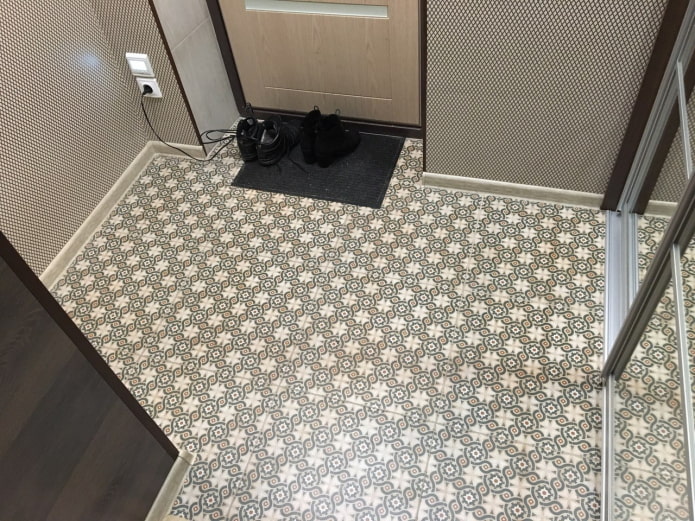
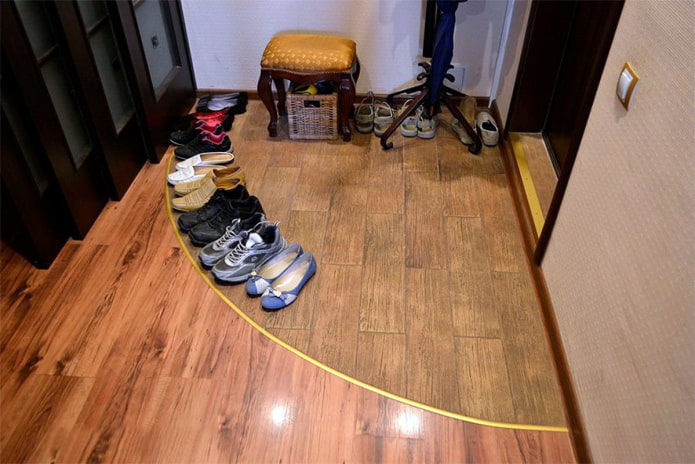


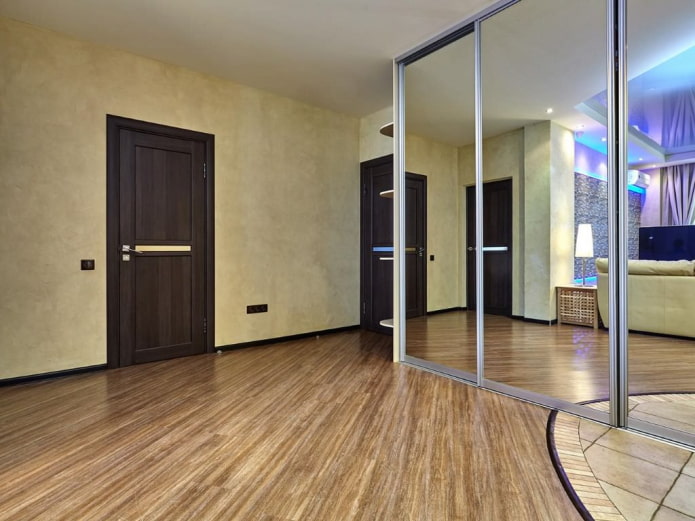
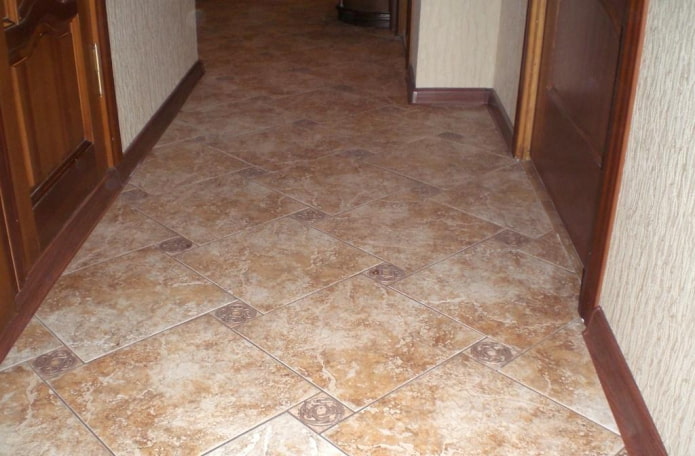
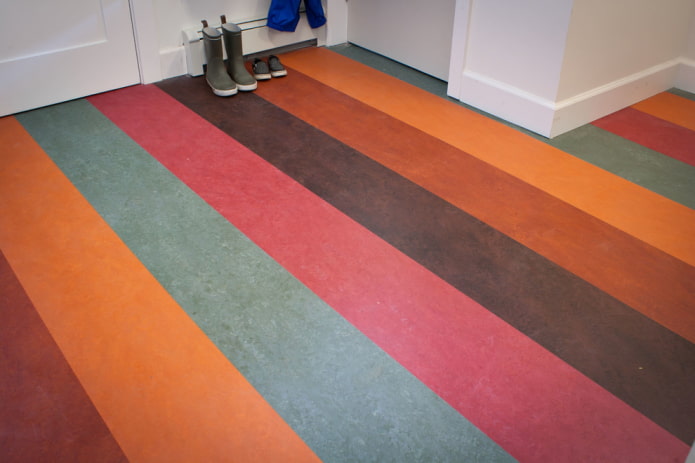

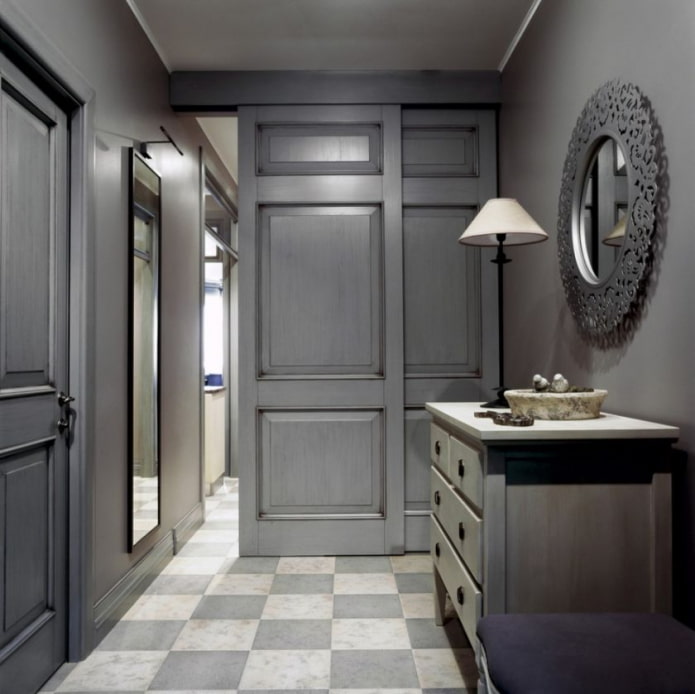
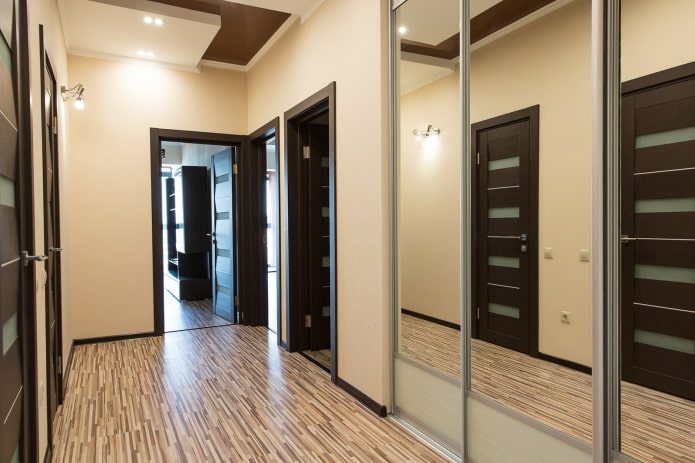
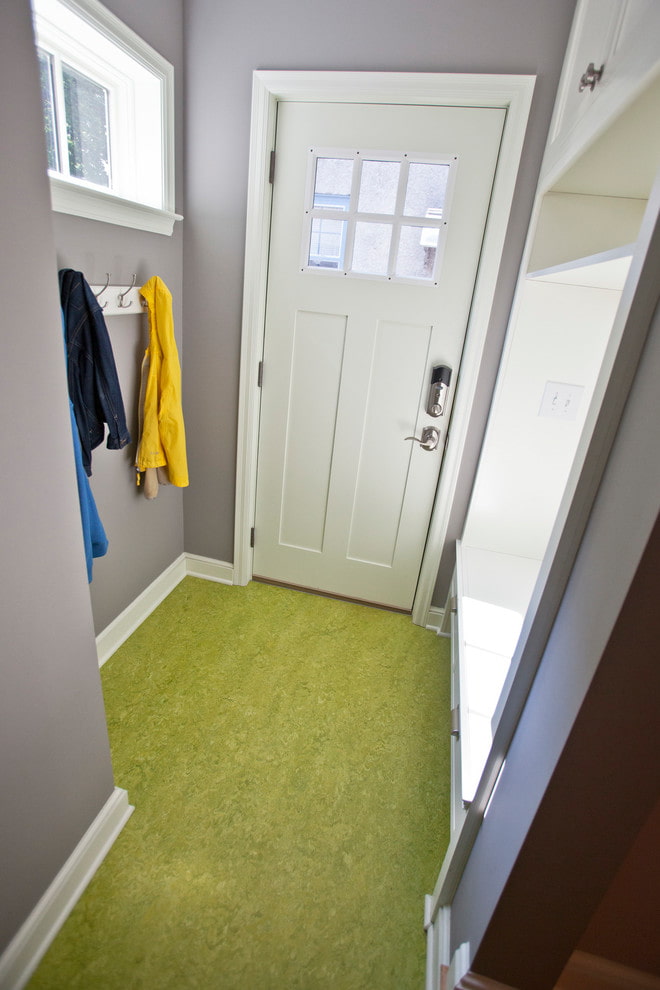
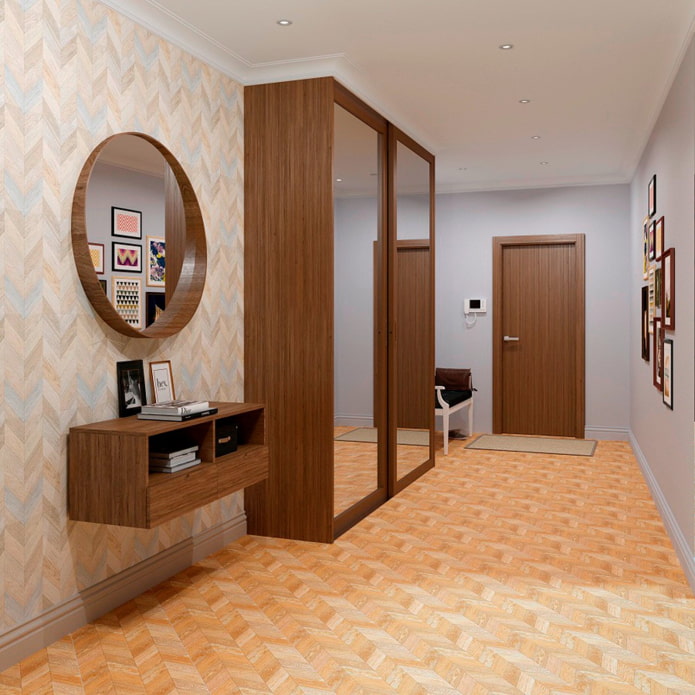
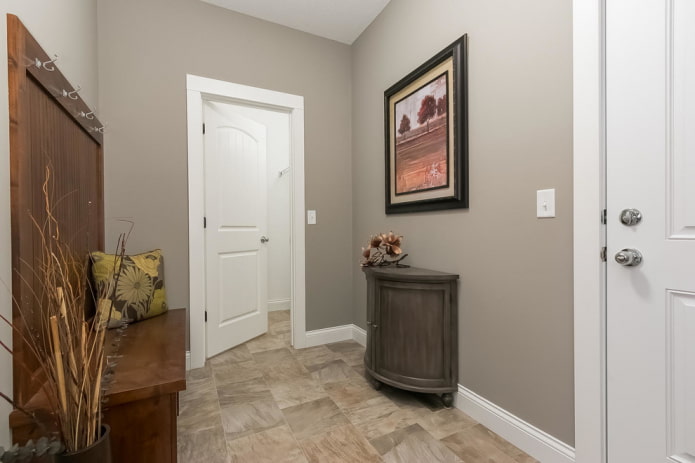
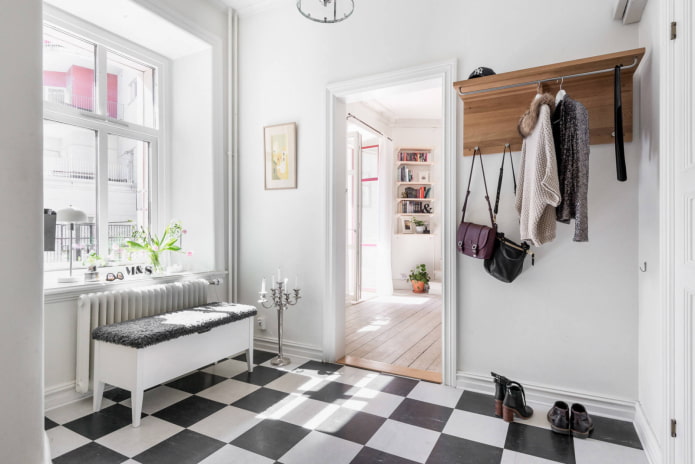
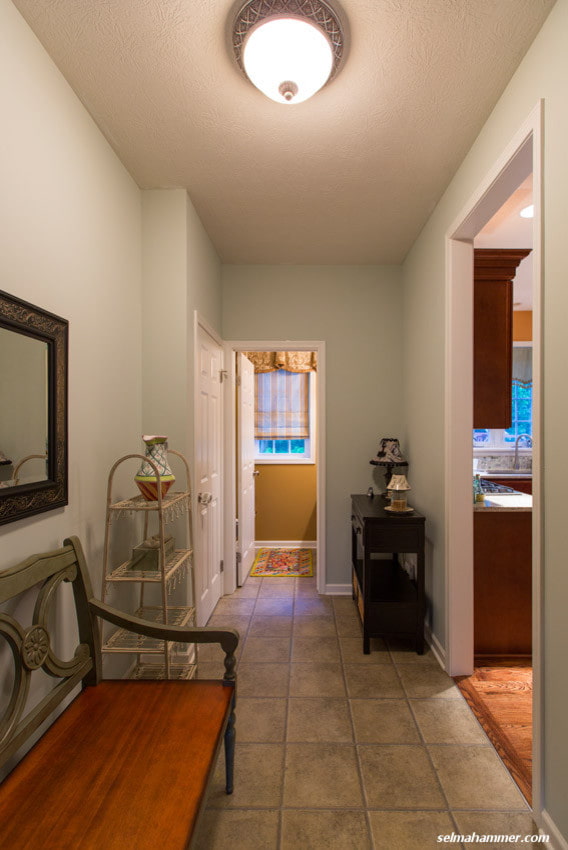


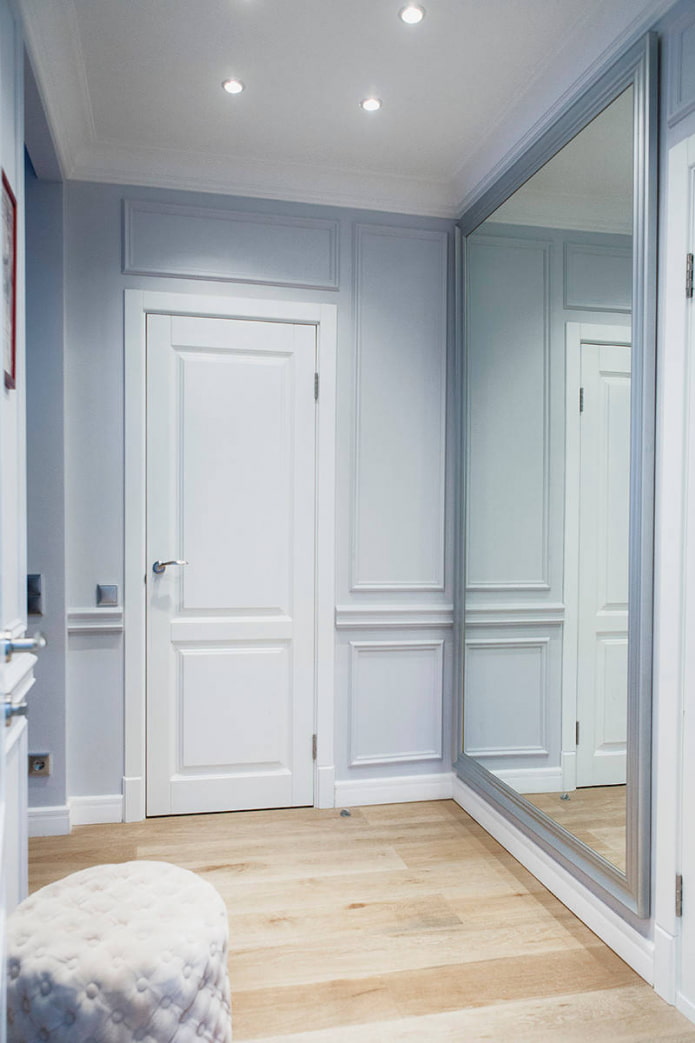
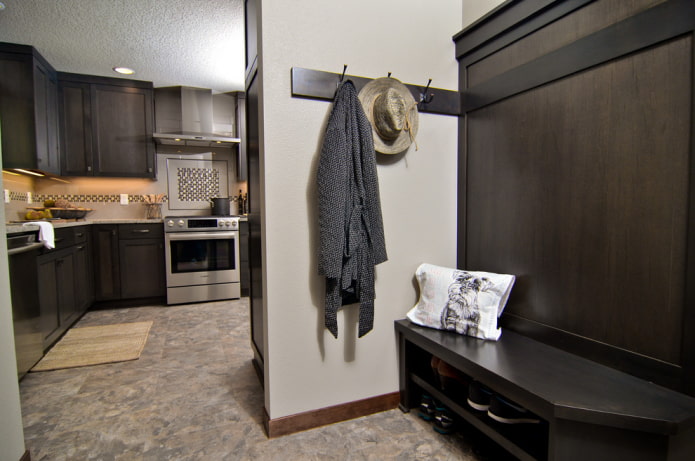
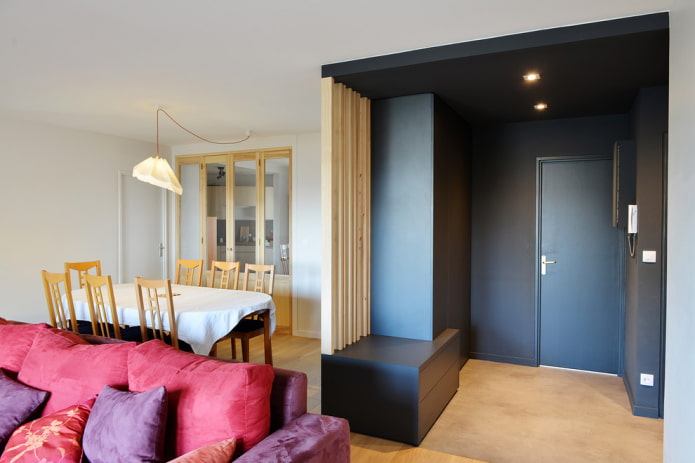
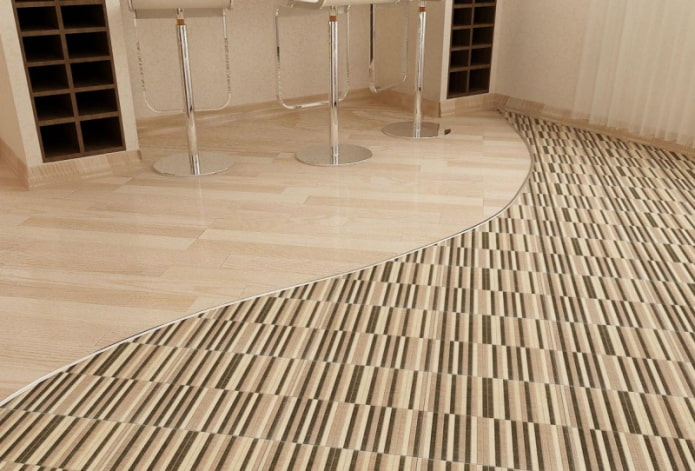
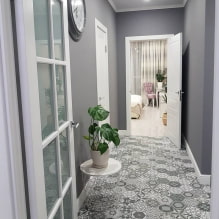


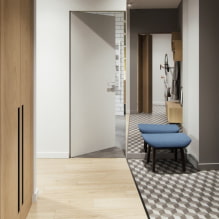

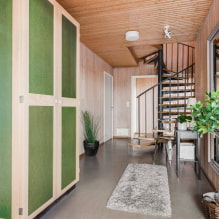

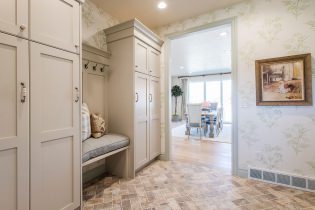 How to choose a wallpaper for a small hallway: 70 ideas for design
How to choose a wallpaper for a small hallway: 70 ideas for design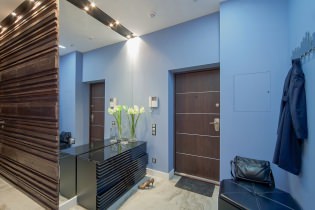 How to make an entrance hall in an apartment: design ideas, layout and arrangement
How to make an entrance hall in an apartment: design ideas, layout and arrangement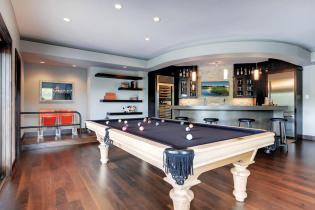 Interior billiard room in the house: the rules of design, photo
Interior billiard room in the house: the rules of design, photo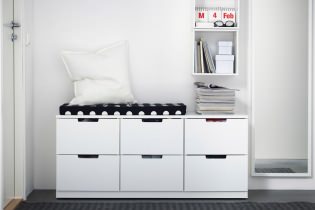 Hallway design in white
Hallway design in white The most beautiful pools in the world
The most beautiful pools in the world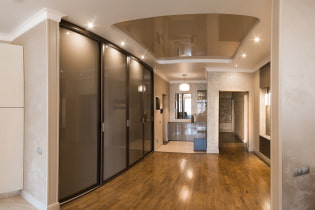 Ceiling in the corridor: types, color, design, curly structures in the hallway, lighting
Ceiling in the corridor: types, color, design, curly structures in the hallway, lighting